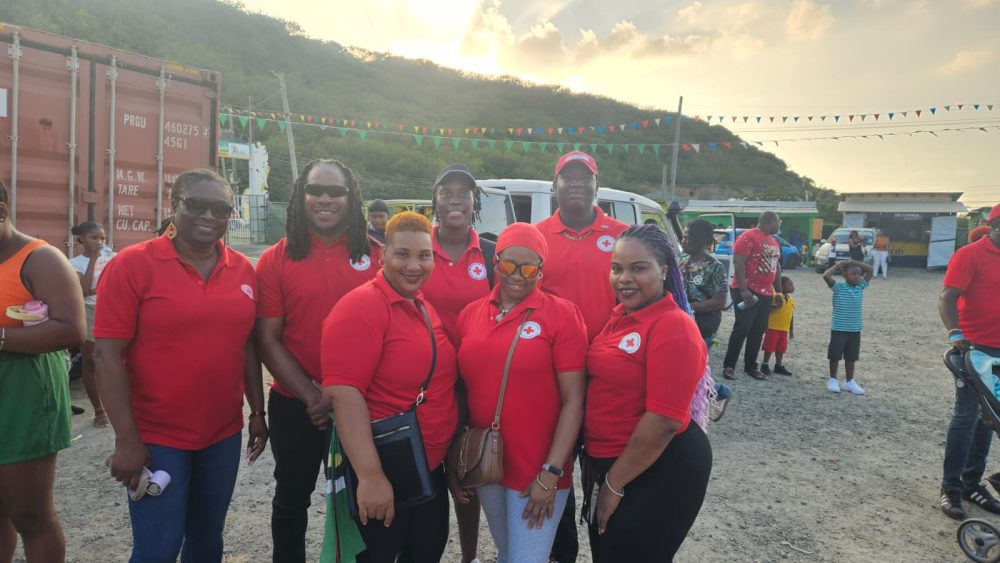UN Assistant Secretary General for Latin America & the Caribbean, UNDP, Luis F. Lopez-Calva says the Future is Not What it Used to Be.

Niels Böhr said: “Predicting is very difficult, especially about the future”. Böhr actually won a Nobel Prize in Physics in 1922 because of its contributions to quantum theory. Natural sciences taught us that causality can be established by our scientific methods. However, I have always defended the view that causality as an epistemological concept is an illusion in social sciences because, among other reasons, we deal with non-stationary processes (people react to interventions and behavioral responses are difficult to foresee). Kaushik Basu has used this notion in his critique to the “Randomized Control Trials” movement within development economics (which actually resulted in a Nobel Prize for Kremer, Duflo, and Banerjee!). For Kaushik, RCTs are the gold standard for a clean description of the past. The same intervention on the same population might result in a different outcome if repeated! Economists always thank god for the existence of meteorologists, because their existence guarantees we are not the worst discipline at predicting. Böhr, on a serious note, created the principle of complementarity in physics: objects have complementary properties that cannot be analyzed or characterized simultaneously (this applies for example to what is called “entanglement”, referring to the fact that the state of a particle cannot be described independently of the state of the others). Entanglement can be easily translated into sociological frameworks. In any case, what matters here is the fact that social scientists, even more than in natural sciences, face enormous challenges to predict future states of the world.
Having said that, I want to take a broader view and defend a point: up to a few months ago, we could predict what predictions would look like. Predictions about the future were, pretty much, predictable. All the conversations about the “future of work”, the role of technology, the effects of climate change, and so on, were pointing to the same direction. Yet, the level of uncertainty today has increased the variance of what predictions predict. As we know, the quality and rigor of prediction attempts also vary (as Avinash Dixit said: technology reduced the cost of producing and publishing words, while the cost of producing ideas remained constant; the result is what any economist could foresee: massive substitution). However, there is an essential element that makes our socioeconomic recovery work particularly complicated: the basic parameters that will characterize the environment in which we can imagine specific policies having an impact are not completely clear.
Can we predict if relaxation of health-related measures will lead to a new wave of contagion? What sectors should be opened first and under what standards of safety? Are we going to see a major disruption in food markets, given that supply effects of COVID-19 will show up with a lag? How fast will governments be able to create systems so that education can be back on track? What are the types of behavioral changes we will see after this and how long they will last? (example: would you go tomorrow to the movie theatre without hesitation? Will we travel as often as we are used to? Would you send your kids to school after reopening without asking about safety measures in schools?…)
We cannot predict, but we can act on the basis of parameters we want to establish for a “new normal”. We can set a few principles that are desirable for recovery and build our advice on those, always subject to economic feasibility. Bringing more climate action as a driver of recovery and “restoration of livelihoods”, embedding gender equality, pushing a more proactive public action in the care sector, and bringing an inclusive lense to recovery actions (“making recovery inclusive and pro-poor”), could be principles to push for in our recovery advice. Hopefully, that will have an impact on what the future looks like. That we can do.
The dust will eventually settle. Predictions about the future will be again as imperfect as they used to be. Our future will be hopefully –marginally– better and, certainly, equally unpredictable. But, of course, I just made a few predictions, so take them with a grain of salt.
Discover more from Discover Montserrat
Subscribe to get the latest posts sent to your email.







